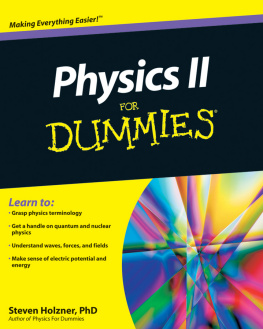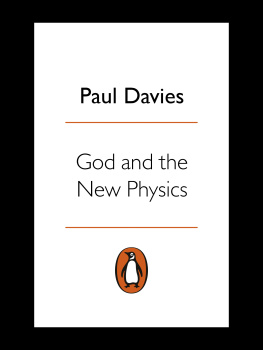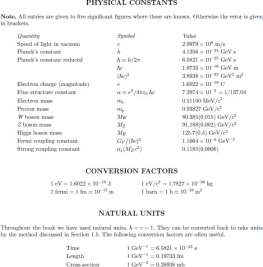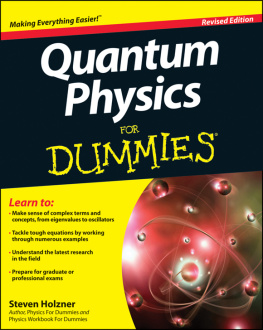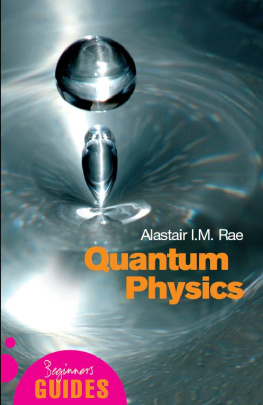
Published in 2015 by The Rosen Publishing Group, Inc.
29 East 21st Street, New York, NY 10010
2015 Brown Bear Books Ltd
First Edition
All rights reserved. No part of this publication may be reproduced, stored in a retrieval system, or transmitted in any form or by any means, without the prior written consent in writing from the publisher.
Library of Congress Cataloging-in-Publication Data
Johnson, Rose, 1981
Discoveries in physics that changed the world / Rose Johnson. -- First edition.
pages cm. -- (Scientific breakthroughs)
Audience: Grades 5-8.
Includes bibliographical references and index.
ISBN 978-1-4777-8603-1 (library bound)
1. Physics--Juvenile literature. 2. Discoveries in science--Juvenile literature. I. Title.
QC25.J64 2015
530--dc23
2014025364
Editor and Text: Rose Johnson
Editorial Director: Lindsey Lowe
Childrens Publisher: Anne ODaly
Design Manager: Keith Davis
Designers: Lynne Lennon and Jeni Child
Picture Researcher: Clare Newman
Picture Manager: Sophie Mortimer
Brown Bear Books has made every attempt to contact the copyright holder. If anyone has any information please contact:
All artwork: Brown Bear Books
Manufactured in the United States of America
Picture Credits
t=top, c=center, b=bottom, l=left, r=right.
FC, Hurst Photo/Shutterstock, , Markus Gann/ Shutterstock
Contents
Introduction
Physics explains how the universe works, from how balls bounce to why stars shine, using a set of unbreakable laws.
P hysics is one of the oldest areas of science. As far back as the 6th century BCE, the philosophers of ancient Greece were trying to understand how the world worked simply by observing what it did. The word physics means nature in Greek. These philosophers had the idea that nature followed a set of rules that never changed. Since that timeand even todayscientists have been looking for these laws of physics.

Natural phenomena, such as lightning, can be explained in terms of physics.

The Large Hadron Collider in Switzerland is the largest physics experiment ever.
Laws for everything
In the 17th century, Isaac Newton discovered the law of gravitation, which explains why objects fall to the ground and how the Moon orbits Earth. Other laws of physics cover how light, electricity, and magnets behave. Todays physicists are using a huge underground laboratory, called the Large Hadron Collider, to figure out some new rules. They want to know how matter (the material making up the universe) and energy (the property that makes matter move and change) are relatedand where they came from in the first place.
Mother of science
Physics is not the only science, but its laws are used to create the foundation of all other sciences. For example, chemists study the properties of substances but they rely on physics to explain what everything is made up of. Without physics there could be no science at all.
The Archimedes
Principle
This principle, attributed to the ancient Greek mathematician and inventor Archimedes, explains why some things float and others do not.
L egend has it that Archimedes was asked by the king to check whether a new crown was pure gold or if cheaper metals had been mixed into it. Gold has a higher density than cheaper metals, such as silver. (Density is a measure of how much matter is packed inside a substance.) A piece of gold weighs more than a piece of silver of the same size. Archimedes could not melt down the crown to measure its size and weight. But, then he had an idea in the bath.
FLOAT OR SINK?
When an object is immersed in a fluid it displaces, or pushes away, some of that fluid. The fluid also pushes back on the object with an equal force. If the weight of the object is greater than the displaced fluid, the object will sink. If it is lighter than the fluid, the object will float in or on top of the fluid.

A rubber duck is less dense than water, and weighs a lot less than the water it displacesso it floats.

Archimedes is said to have shouted Eureka! (meaning I have it!) after solving the problem as he stepped into his bath.
Eureka moment!
As Archimedes got into the tub, he saw that his body displaced, or pushed out, some of the water. The volume of the displaced water must be the same as the volume of his body. Archimedes realized he could use this idea to measure the volume of the crown, and then calculate its density. When he did this he found that the crown had a lower density than pure gold. The king had been conned!
Extended version
Archimedes also realized that when an object is in wateror any fluidthe fluid is pushing against it. This force is named the buoyant force. The buoyant force is equal to the weight of the fluid displaced by the object. This simple link is known as the Archimedes Principle.
ARCHIMEDES
Archimedes was born in 287 BCE in Syracuse, a Greek city on the island of Sicily (now part of Italy). He figured out the Archimedes Principle in about 250 BCE. He is also famous for calculating the number (pi) and inventing weapons that defeated a Roman invasion fleet in 214 BCE. He was murdered by a Roman soldier in 212 BCE.
Law of Refraction
Beams of light can change direction as they shine through different materials. This phenomenon is called refraction.

The straw appears to shift as it goes underwater because the water is refracting, or redirecting, the light coming from it.
T he study of light beams is called optics. Ancient scientists knew that light can change direction, by reflection and refraction. Reflection occurs when light hits a surface and bounces off in the opposite direction. During refraction, the light beam changes course slightly as it moves from one transparent medium, such as air, into another, such as water.
Optical effects
Different colors of light refract at different angles. Refraction creates rainbows and makes sunrises and sunsets appear red. A shimmering mirage is caused when light from the sky is refracted upward by a layer of warm air.
Refractive index
In 1621, Dutch mathematician Willebrord Snell (15801626) came up with a law for calculating how light beams refract. Every medium is given a number called a refractive index. The amount of refraction depends on the difference between the two numbers. The bigger the difference, the greater the change of angle as light passes from one medium to another. Although Snell did not know it, the refractive index is a measure of the speed of light through a medium. Light travels fastest in a vacuum, and slows down when it hits air, water, or glass. It is these changes in speed that create refraction.
IMPLICATIONS
Understanding refraction was crucial in making lenses. A lens works by refracting all the light that shines through it onto a single point. In other words, it focuses light. Focusing light can be used to intensify a beam or create a magnified view of a small or distant object.
Next page






